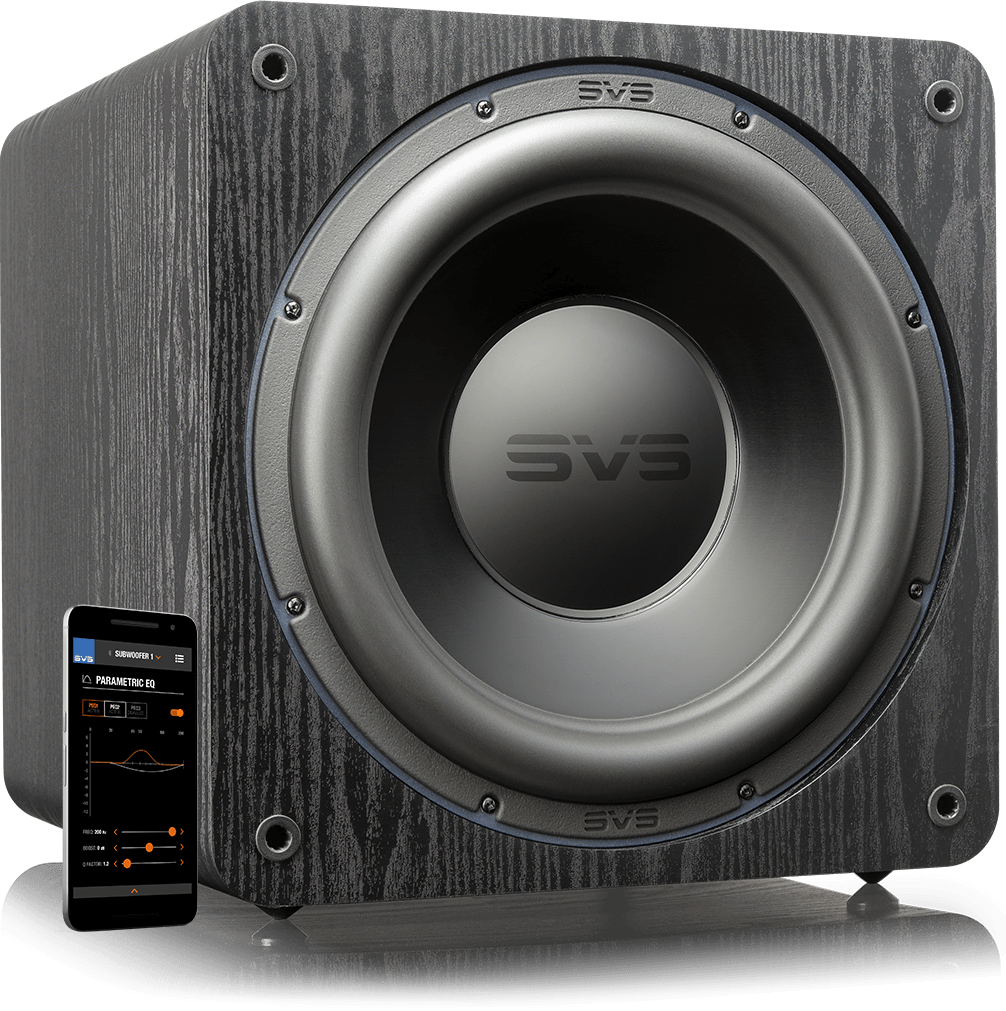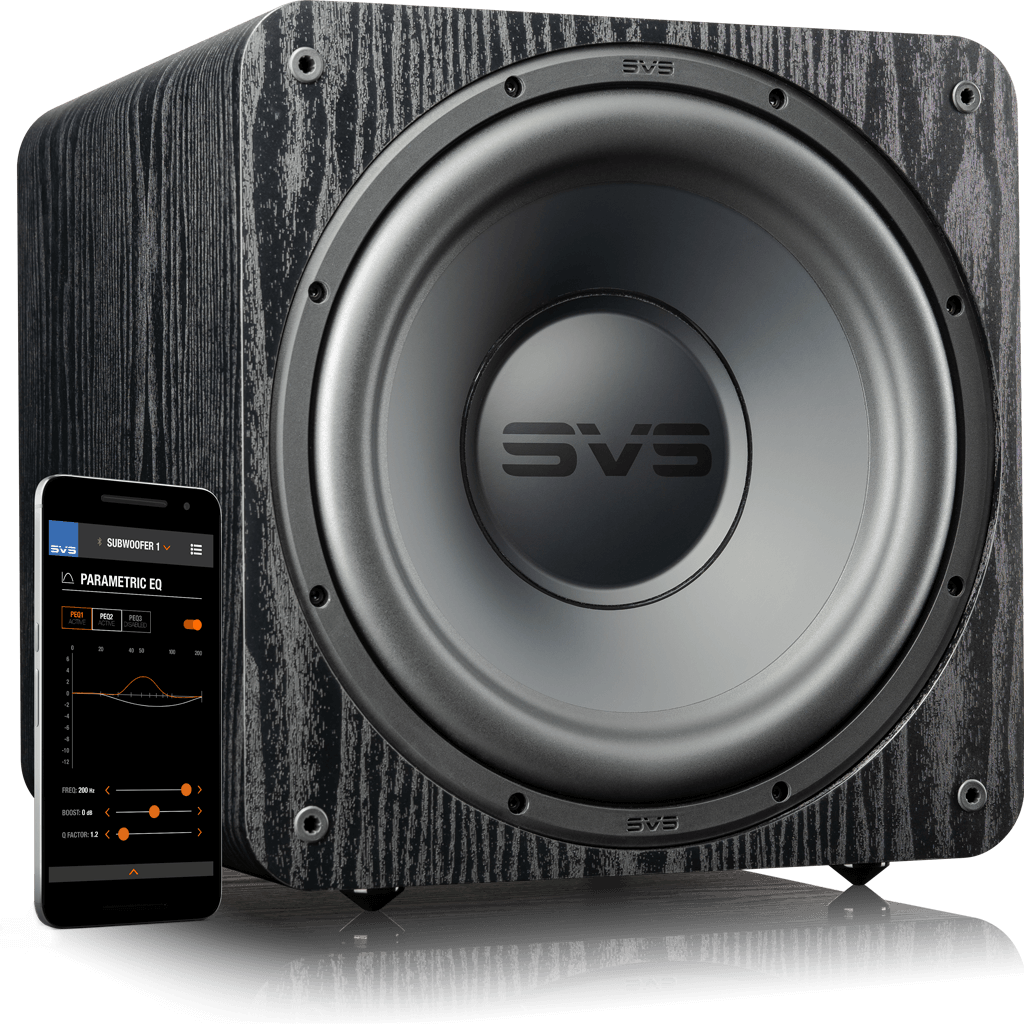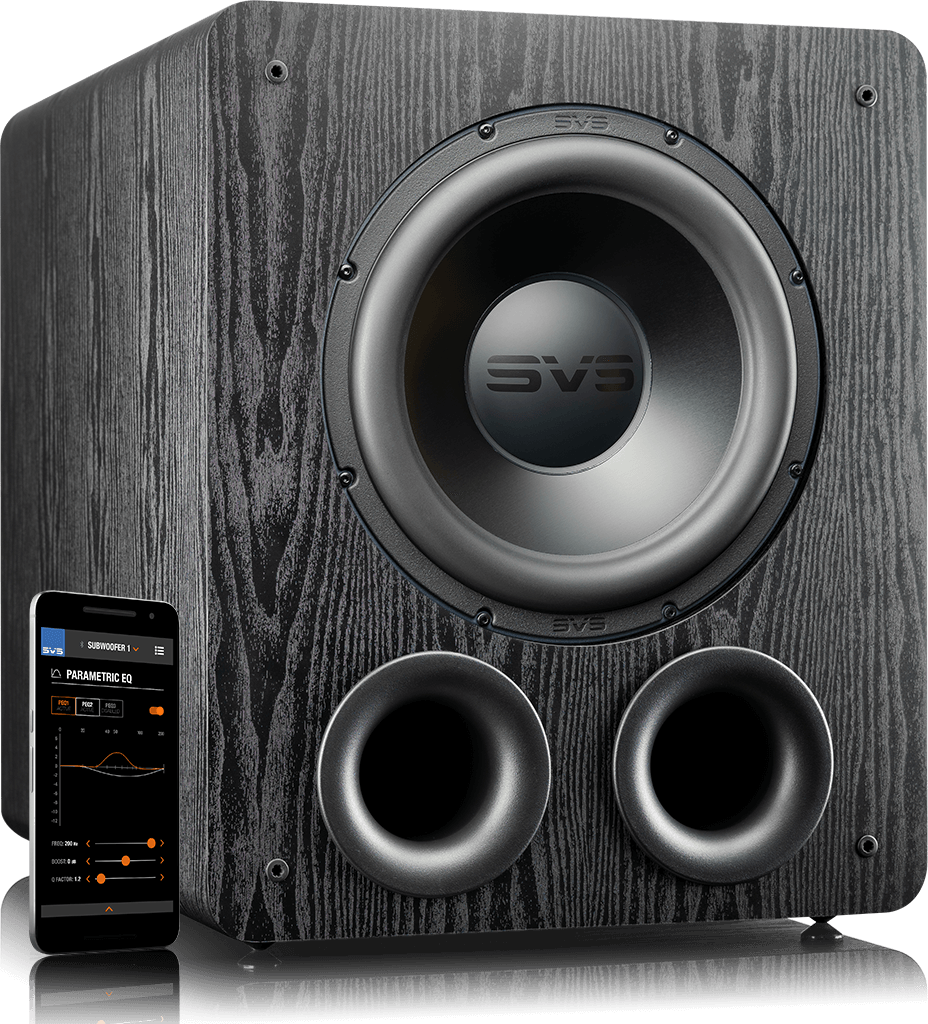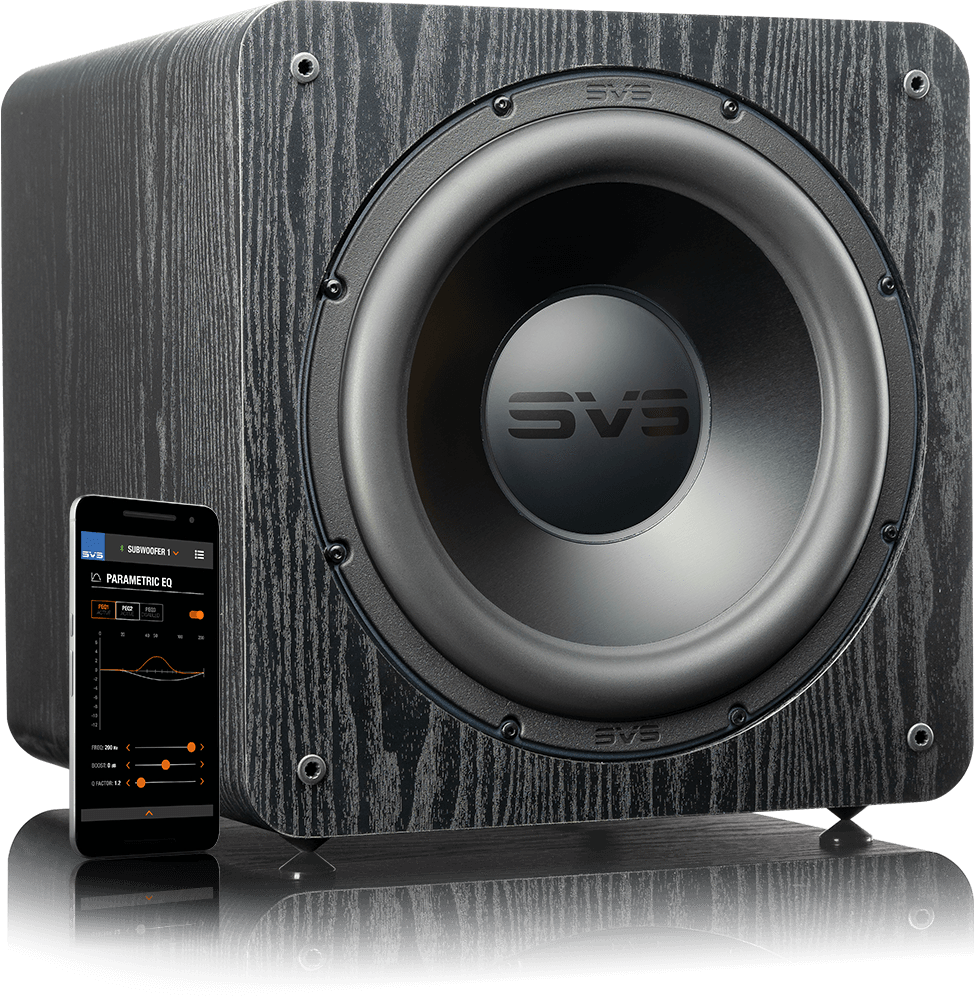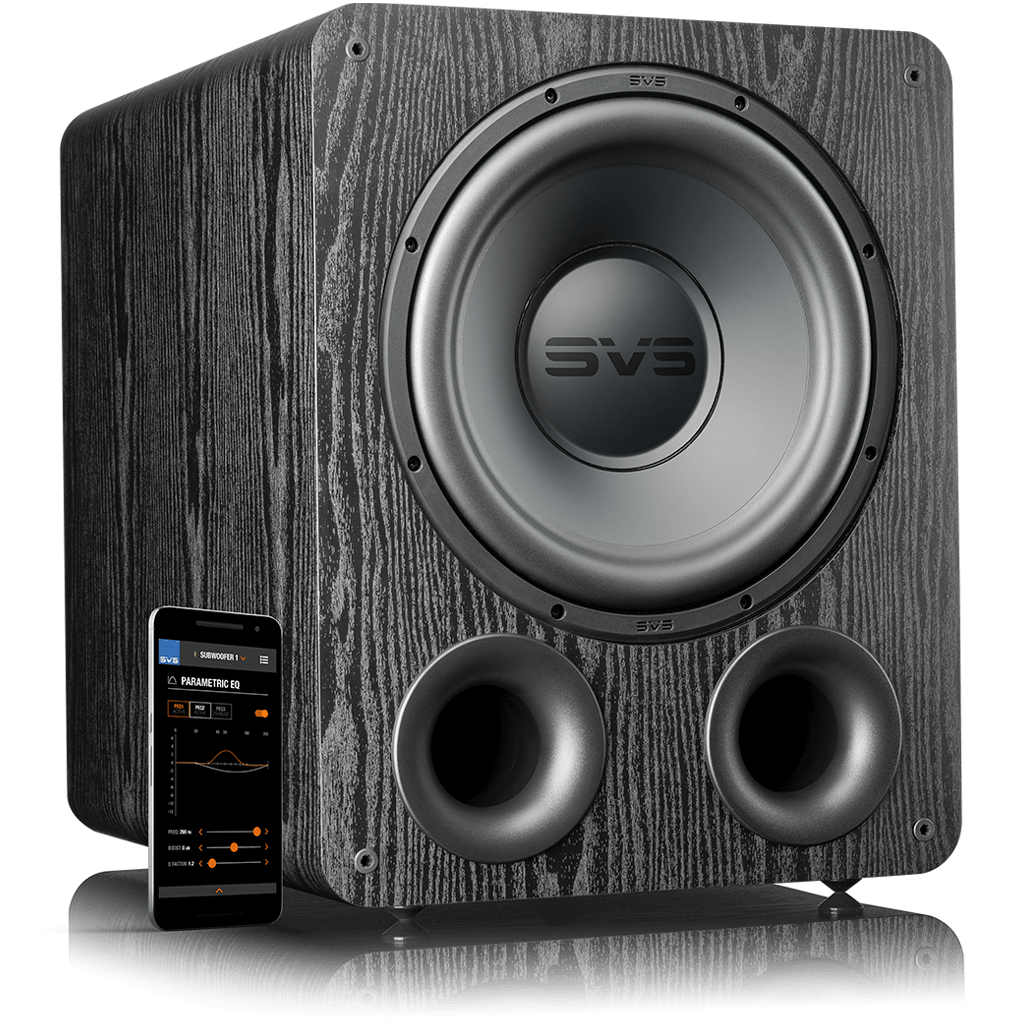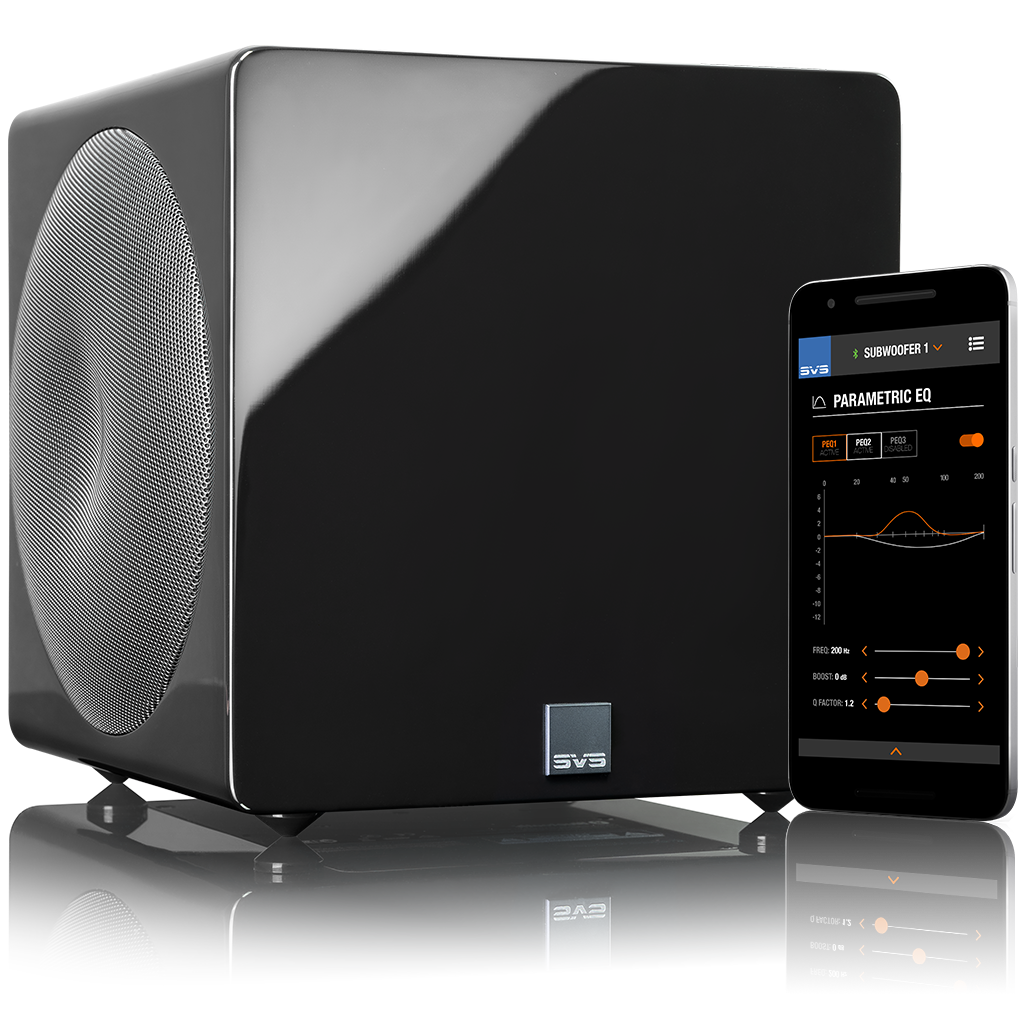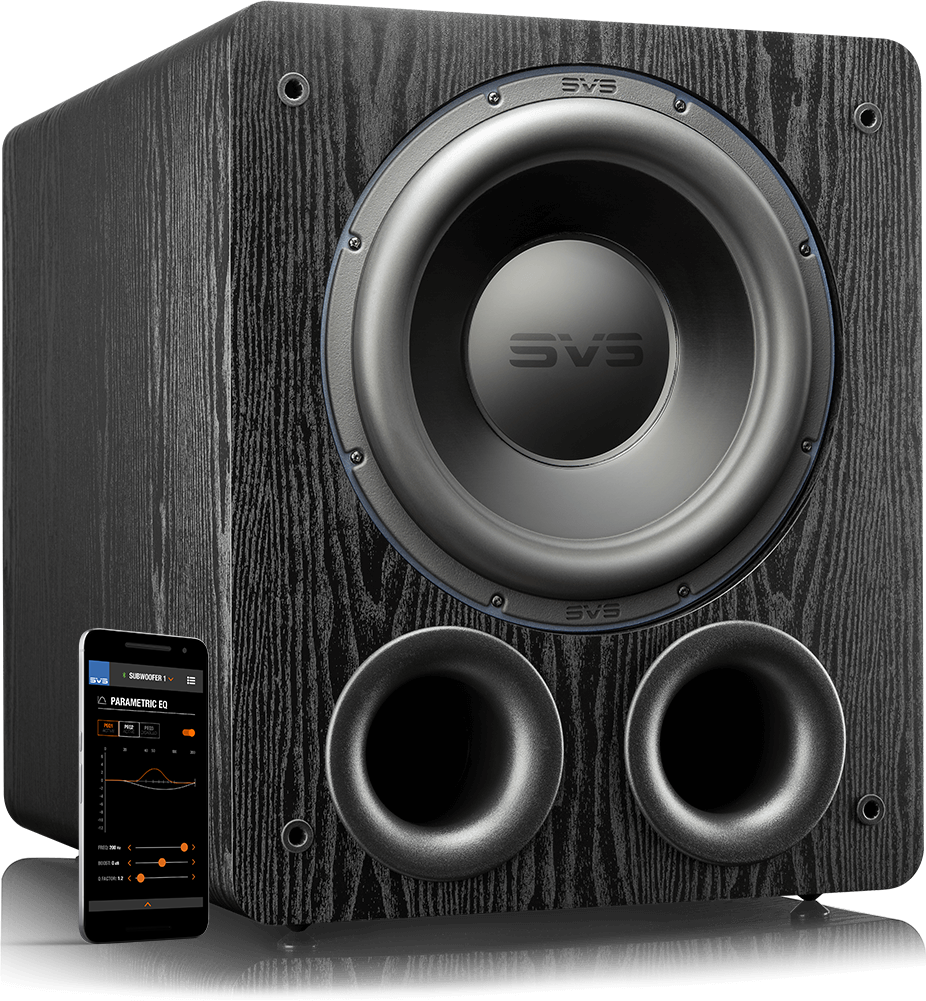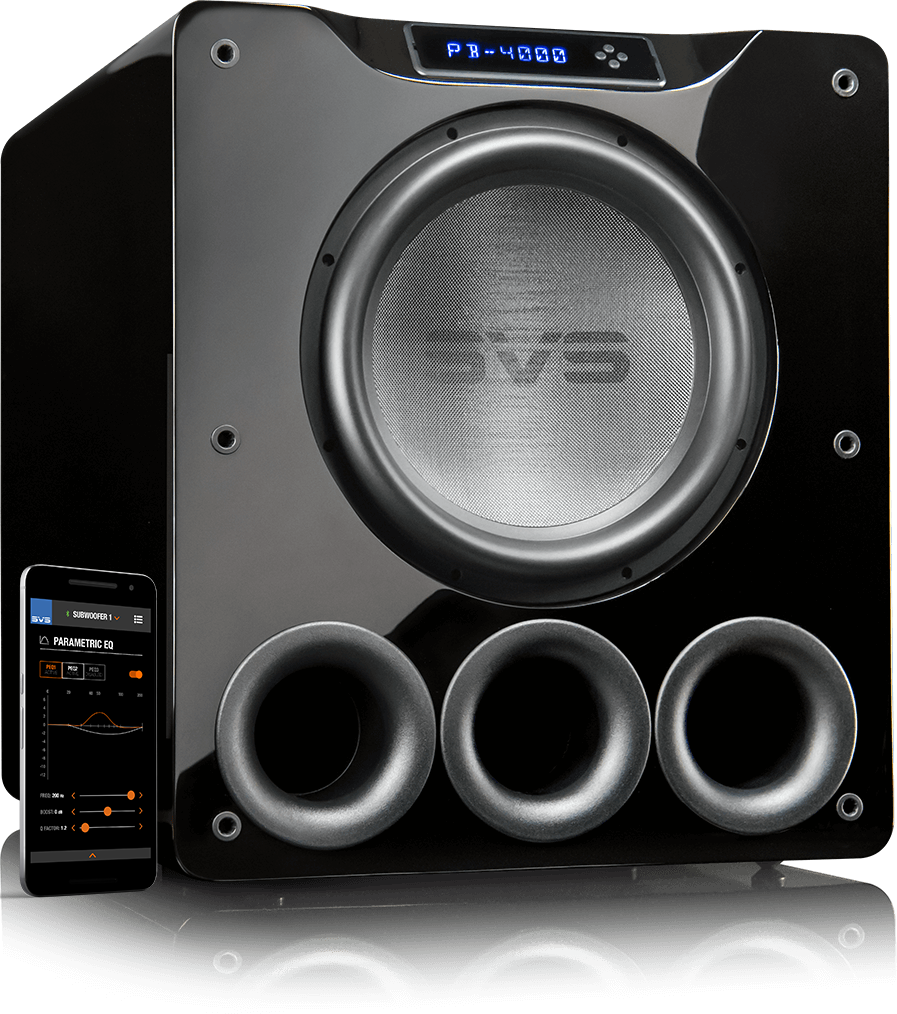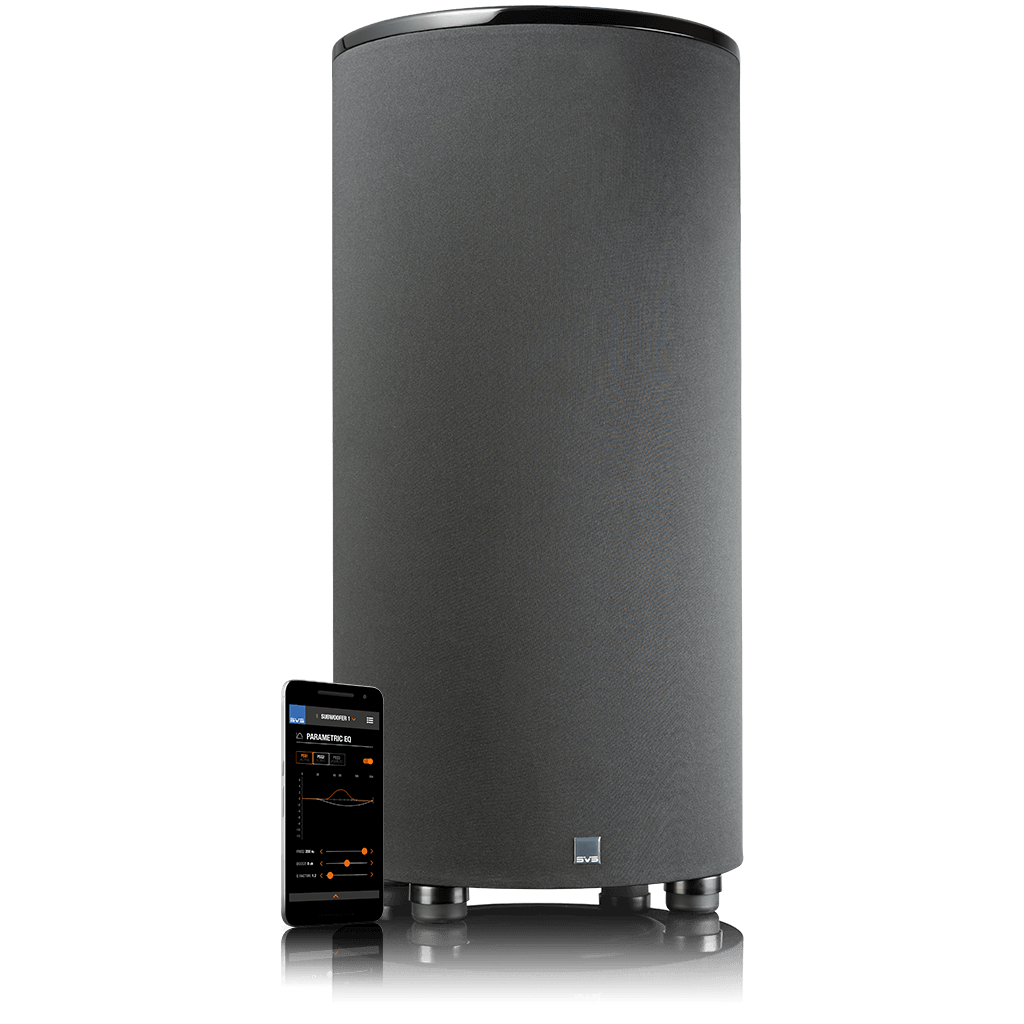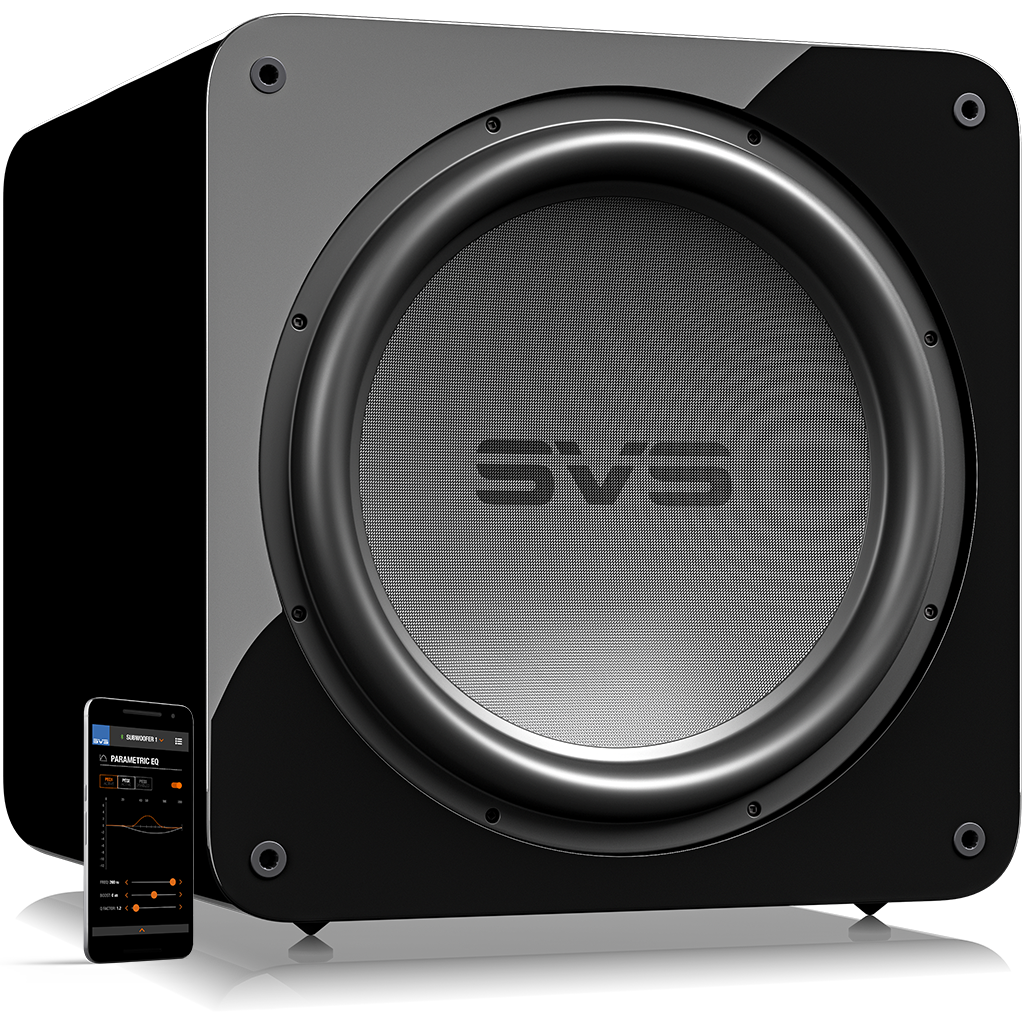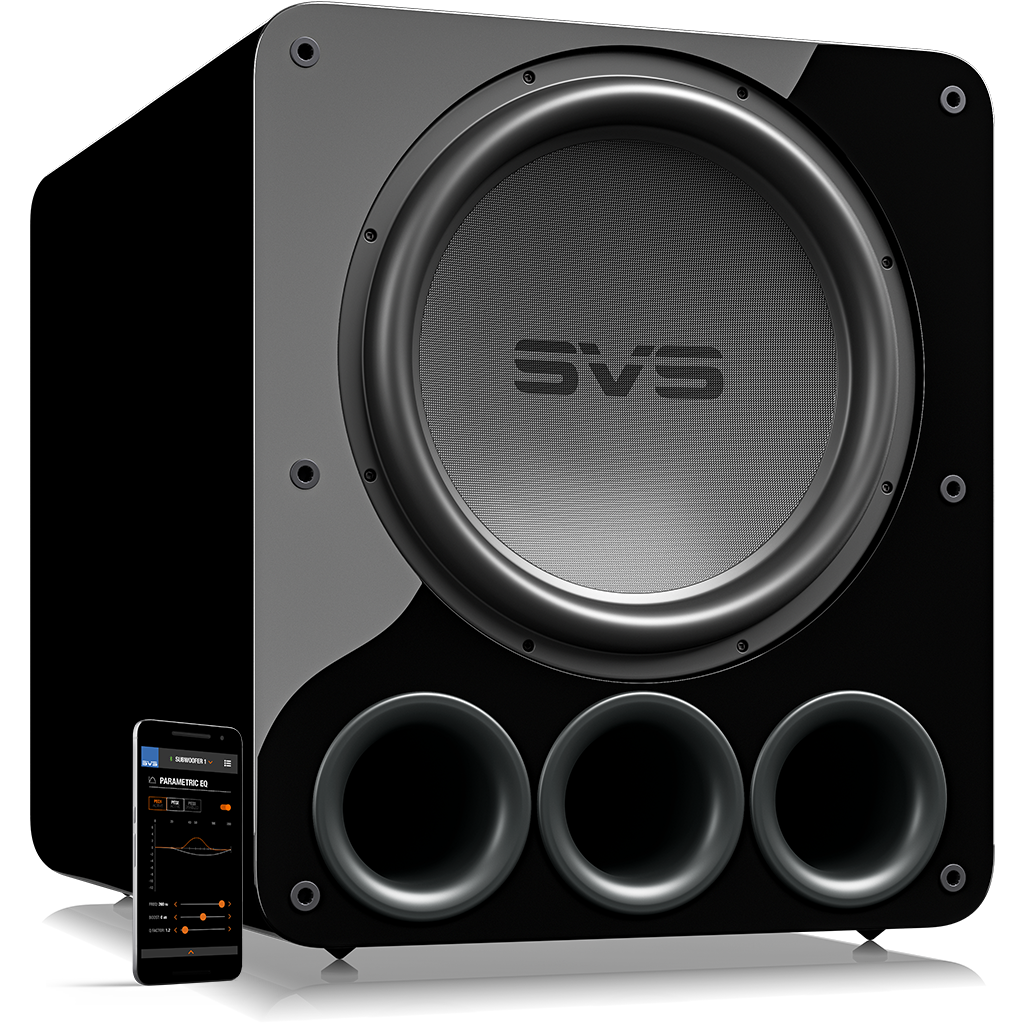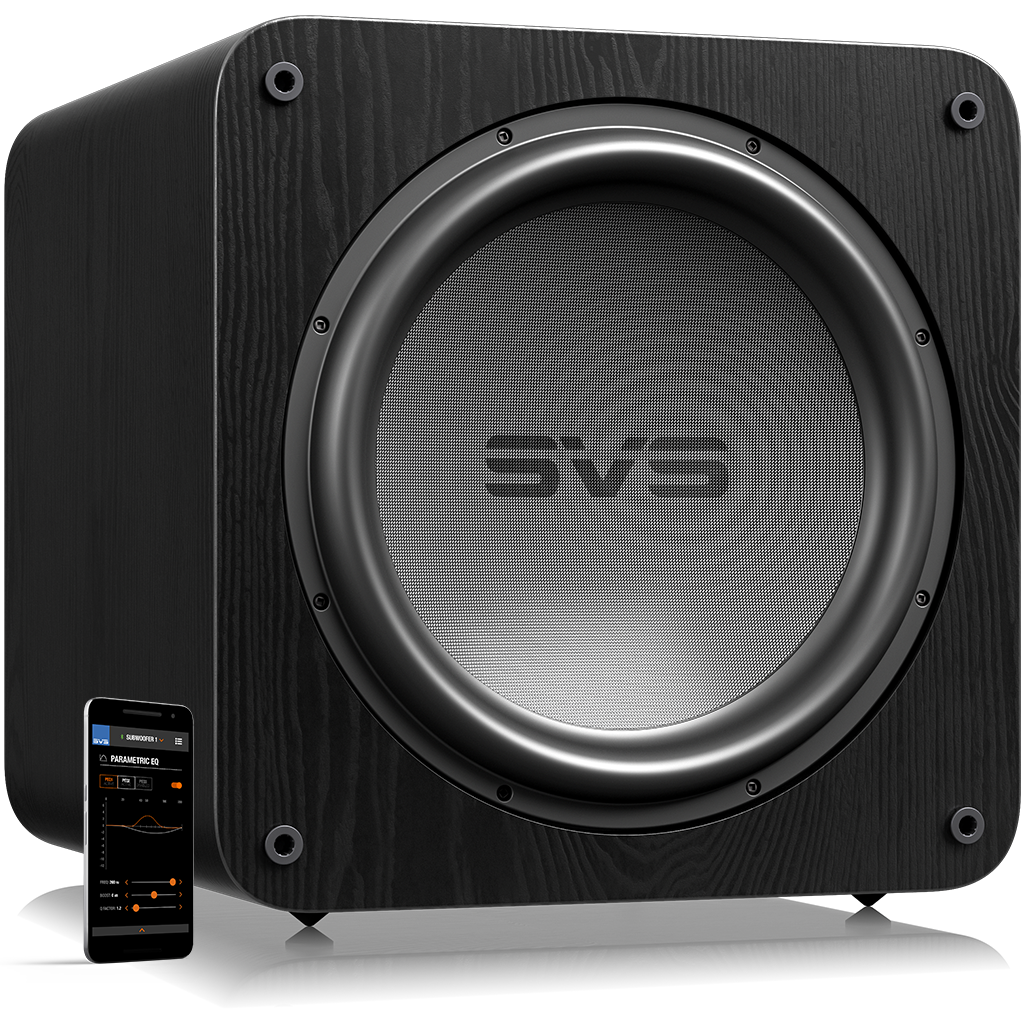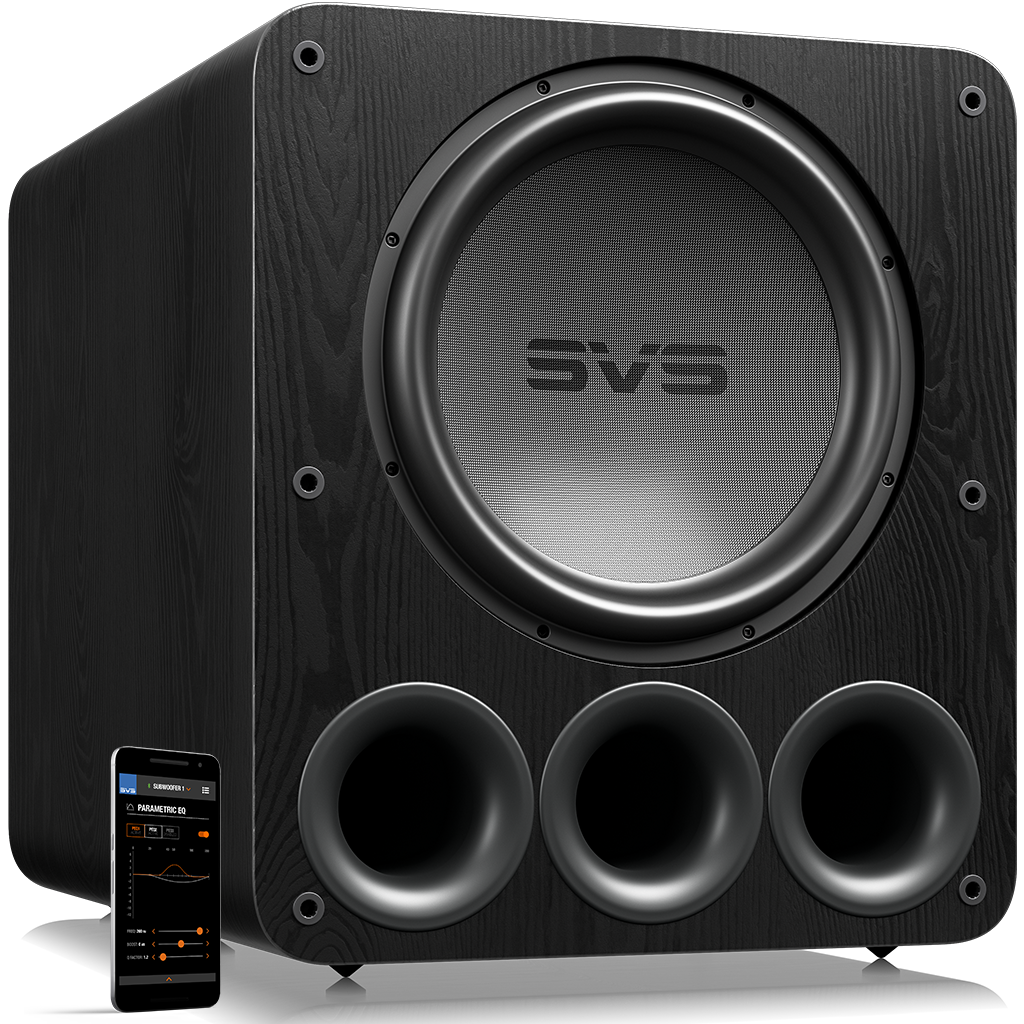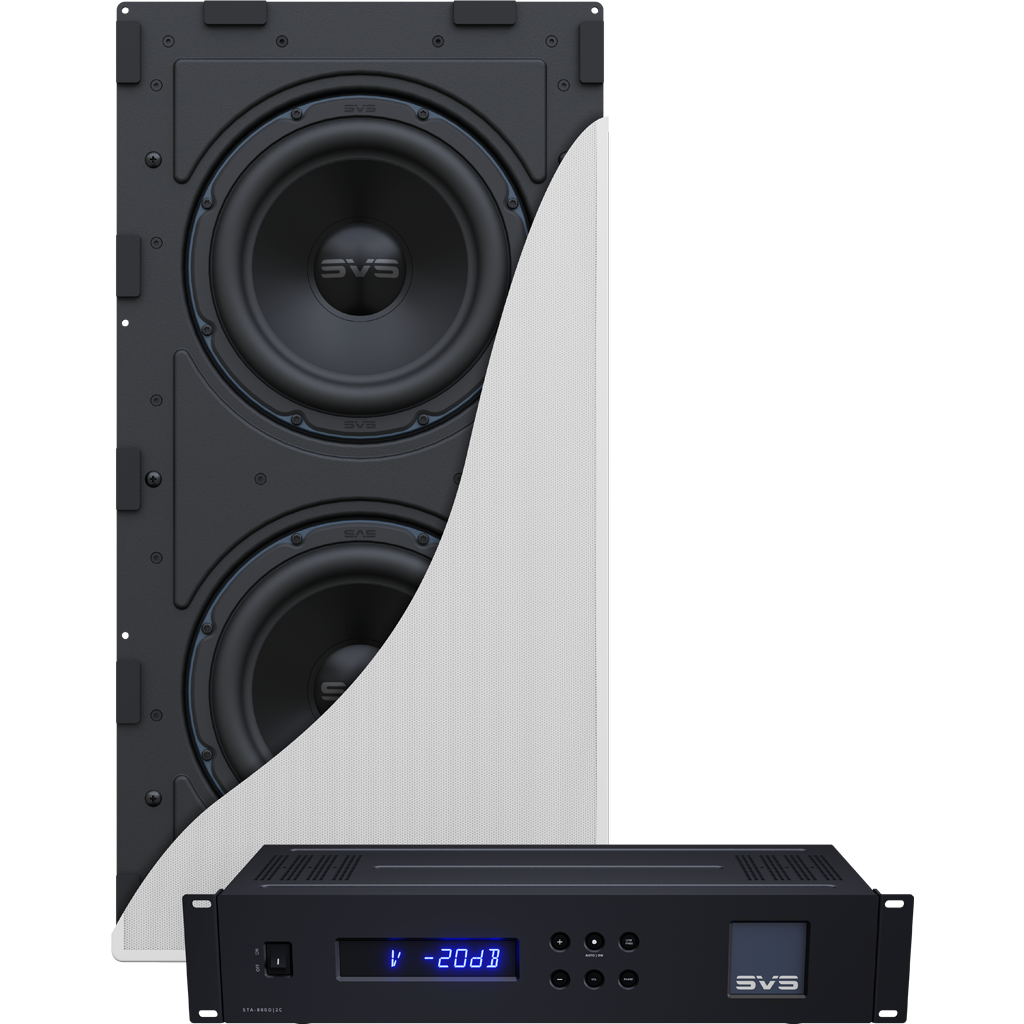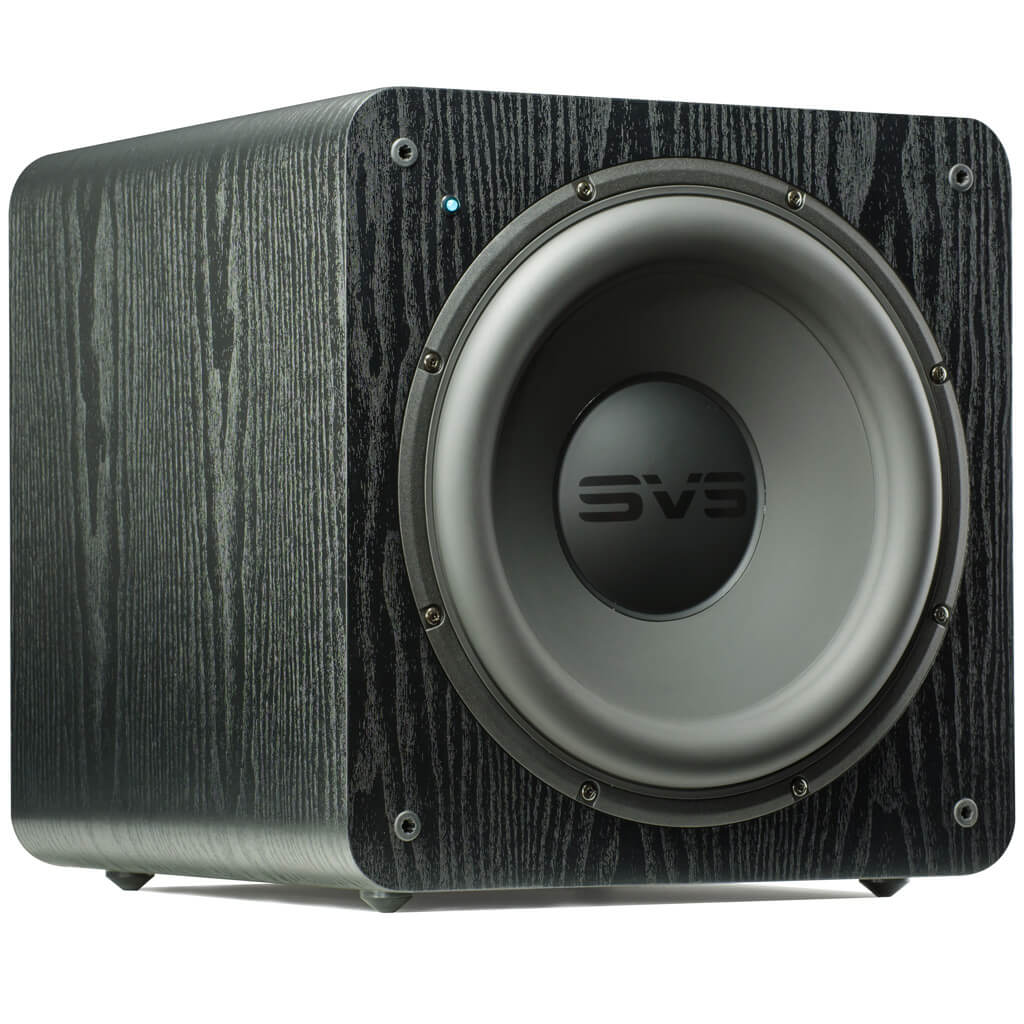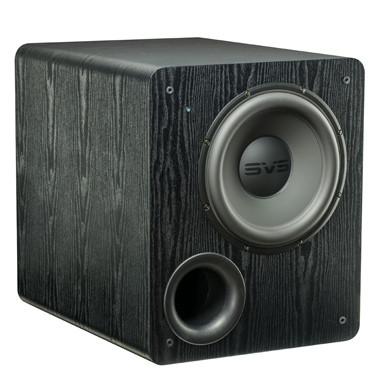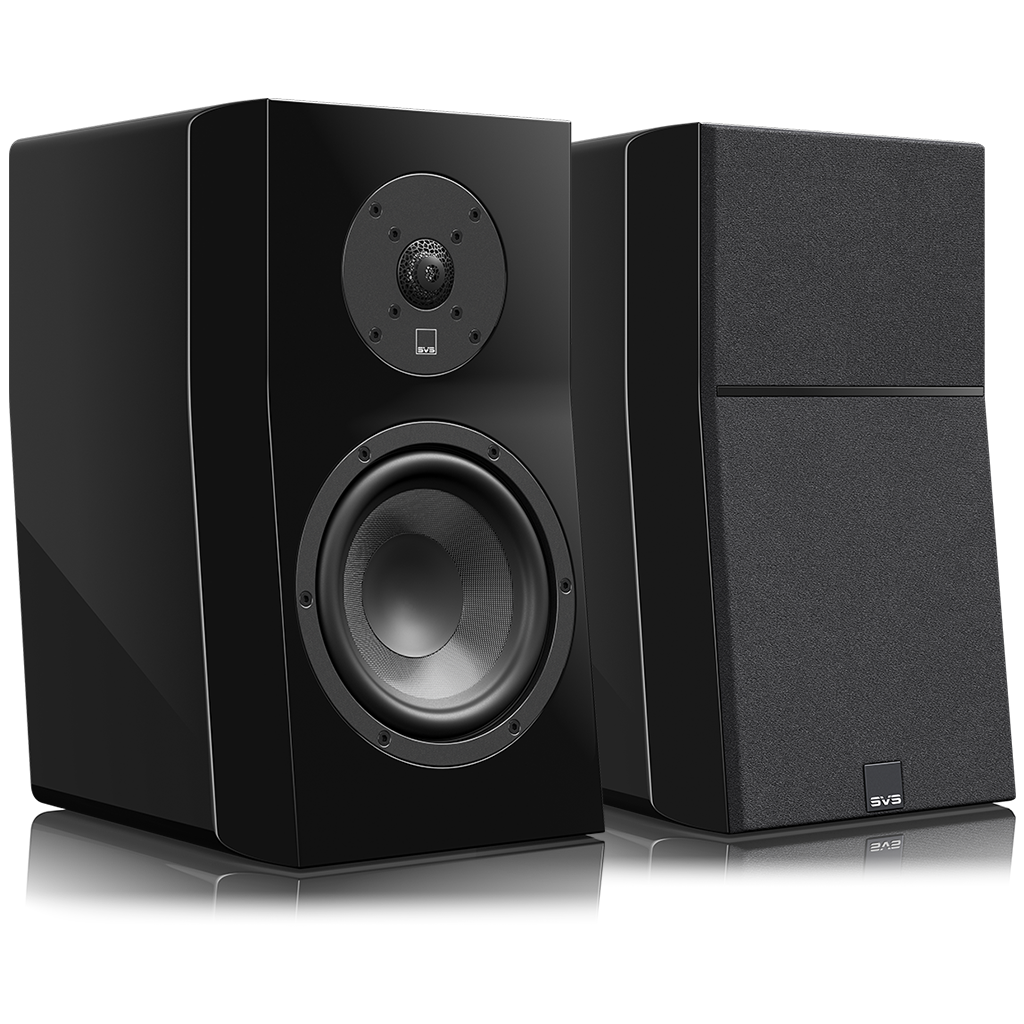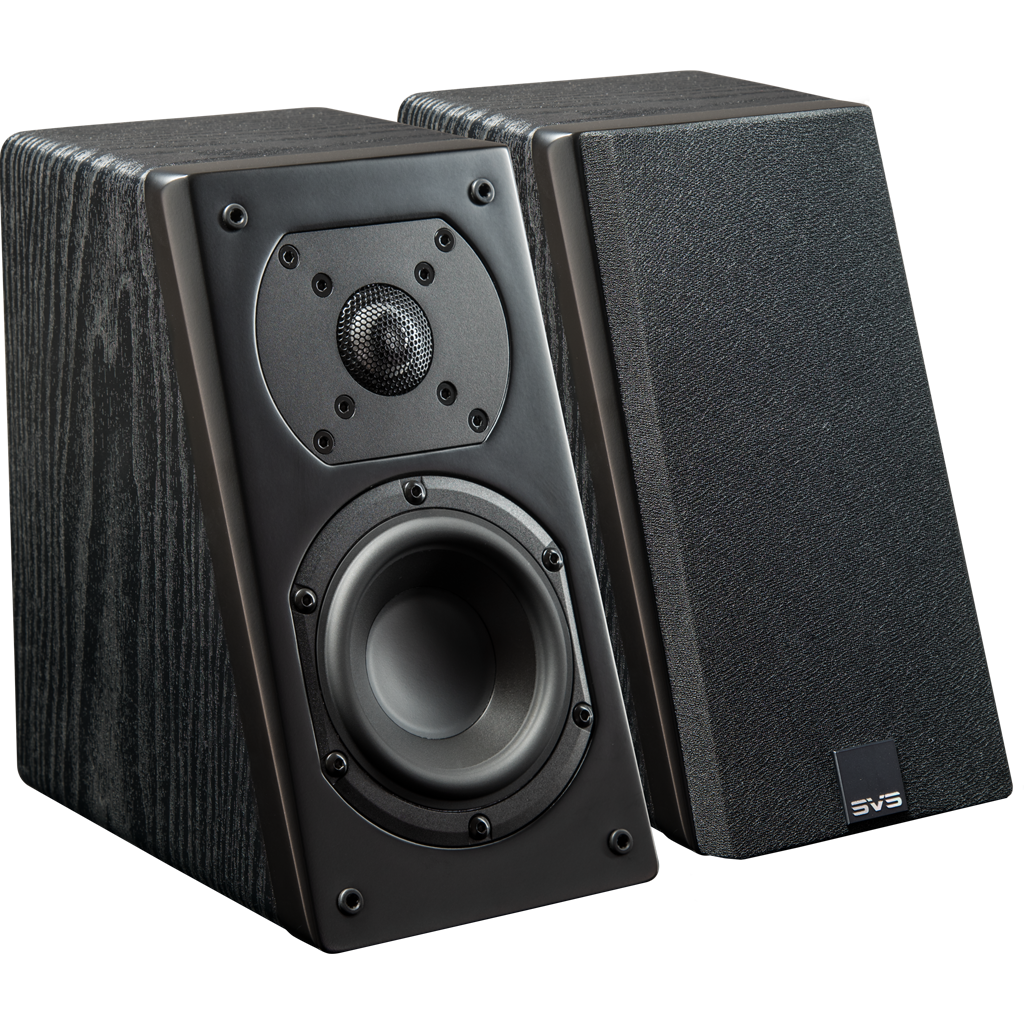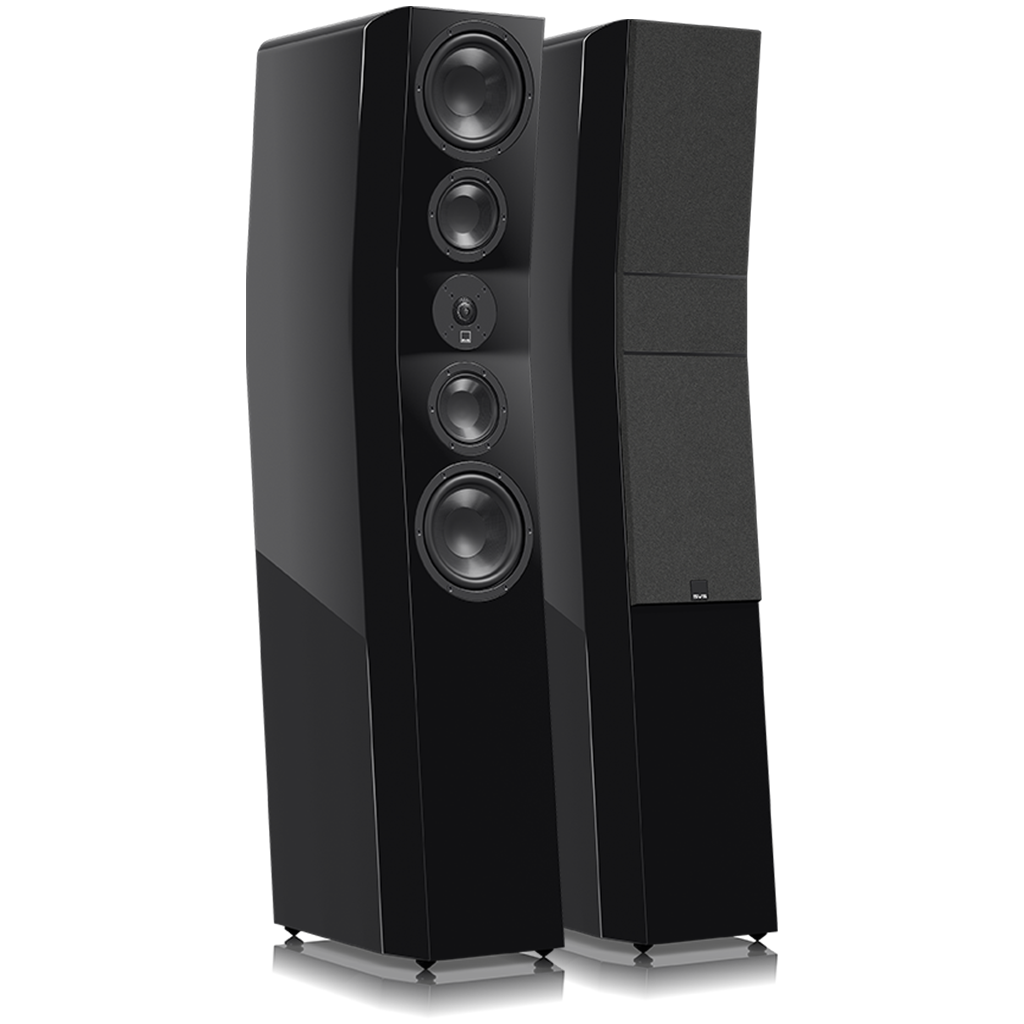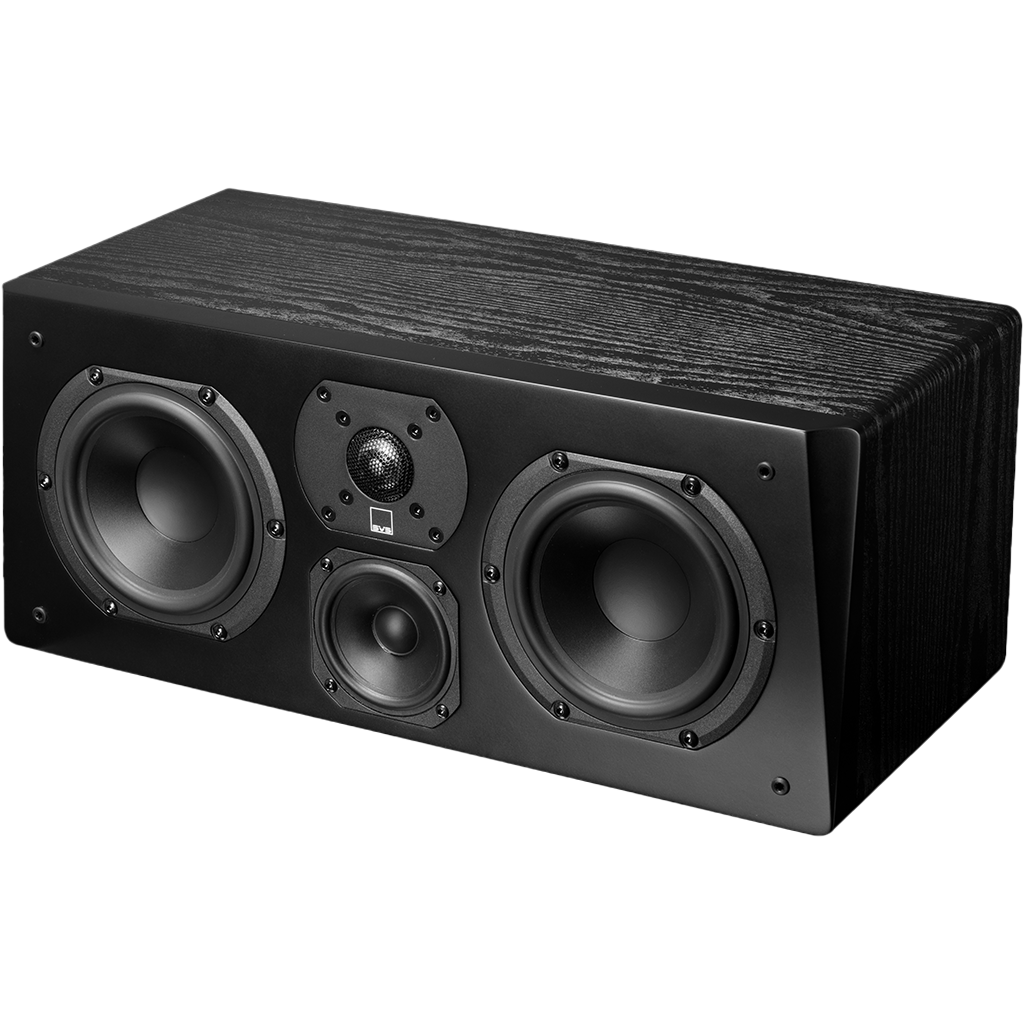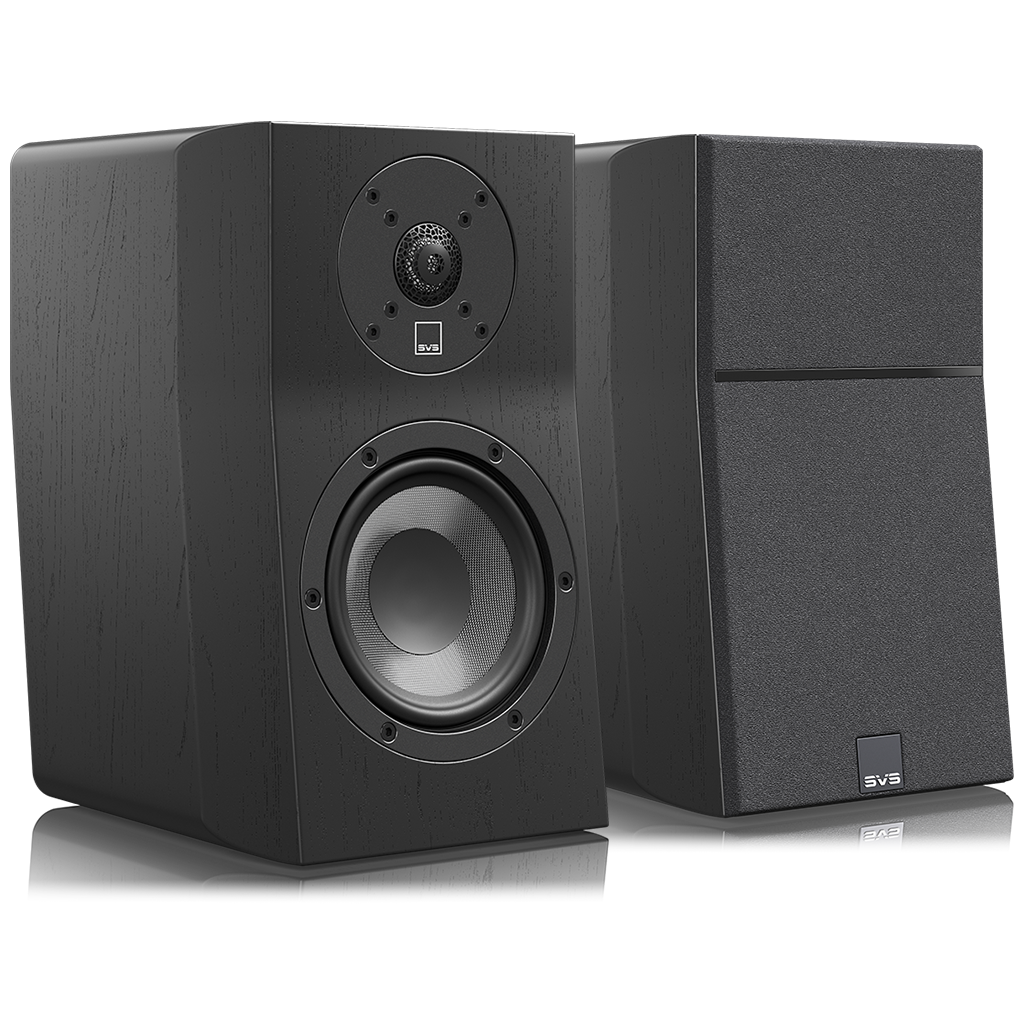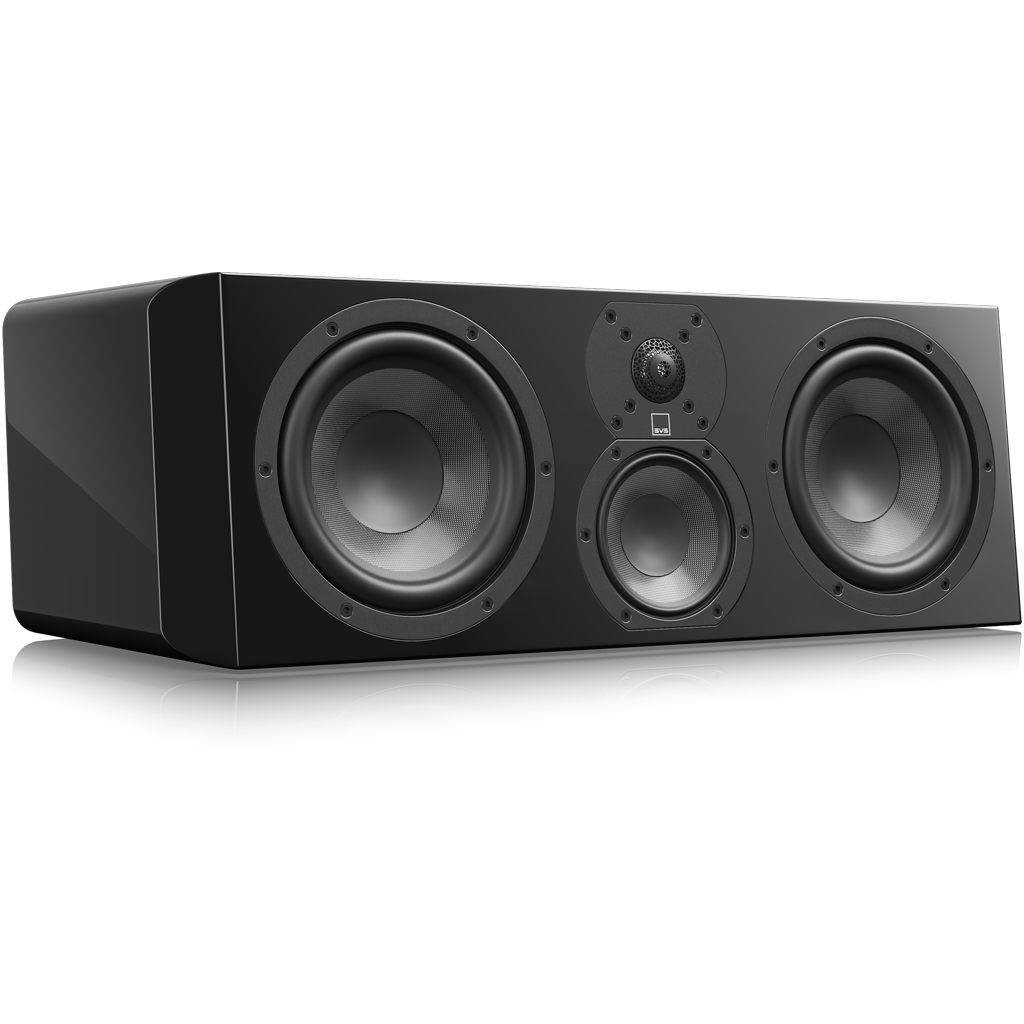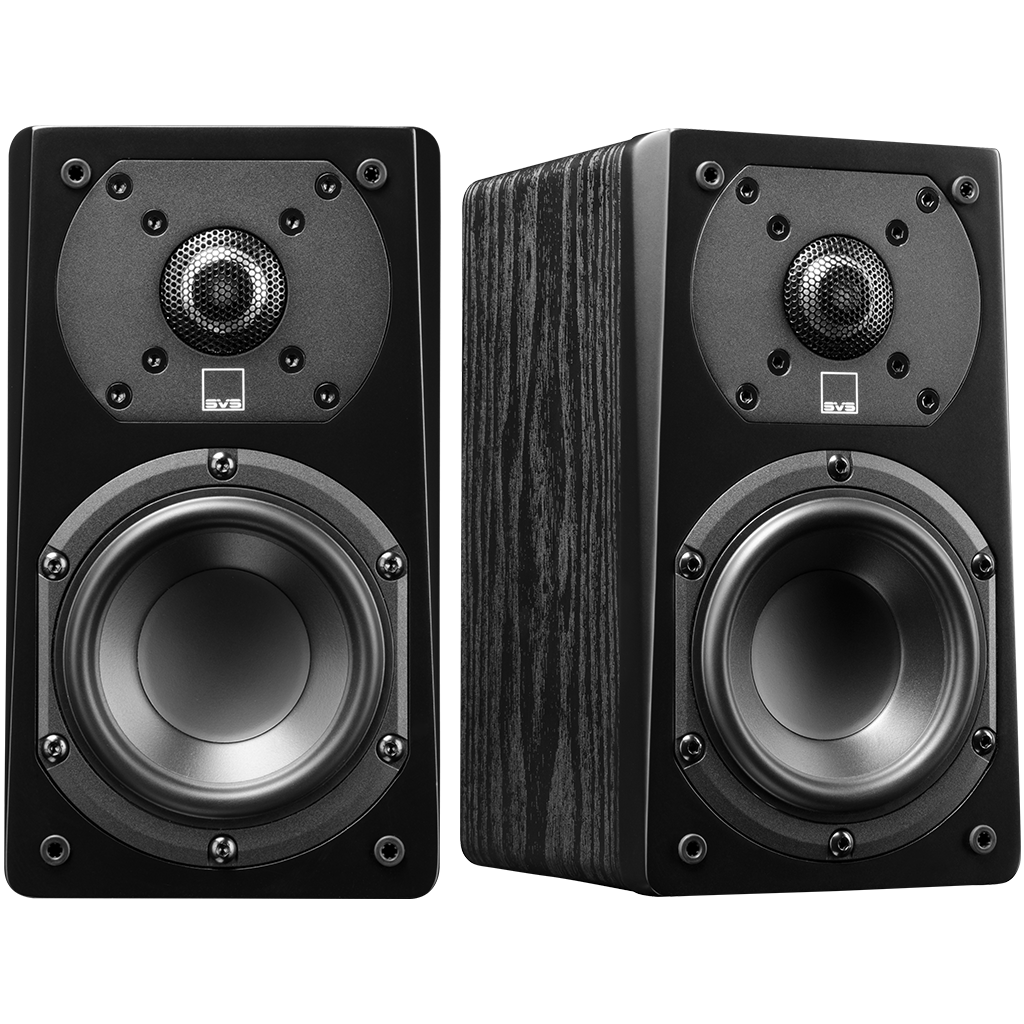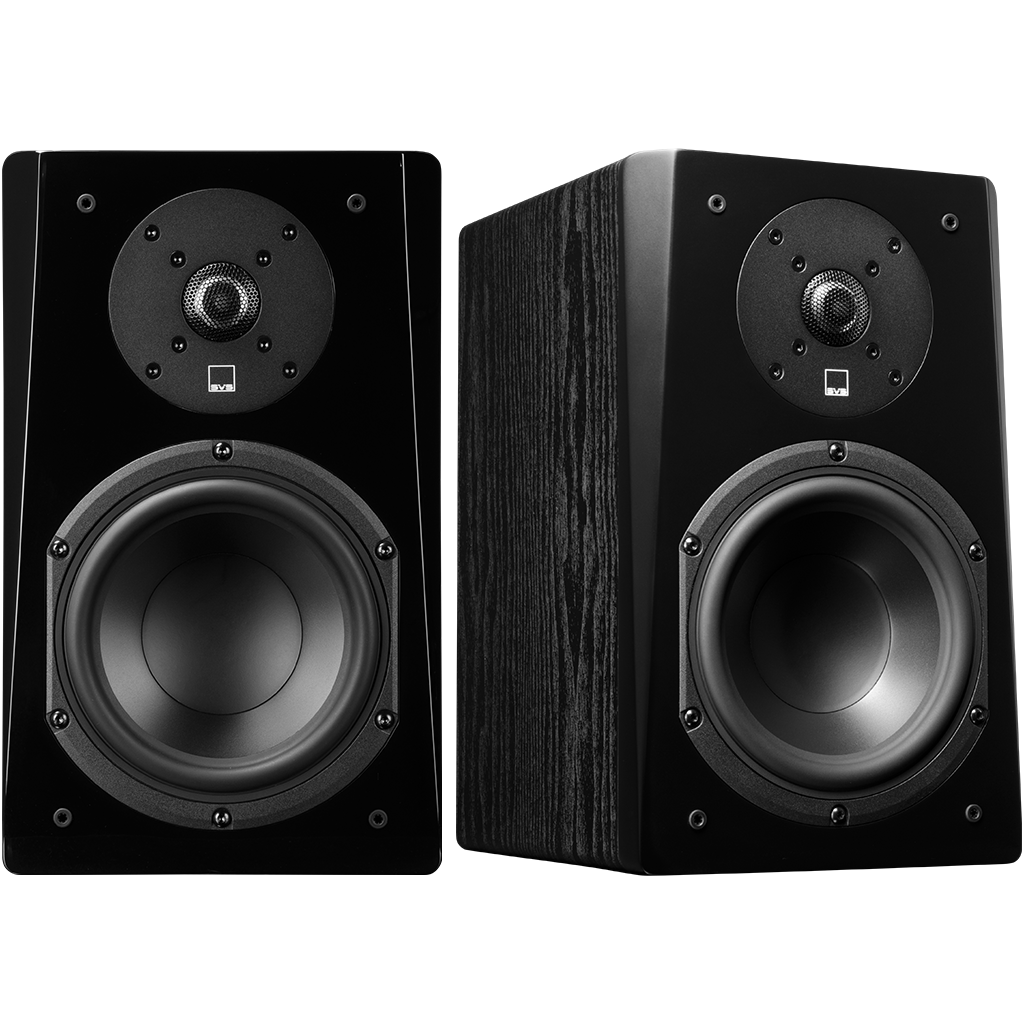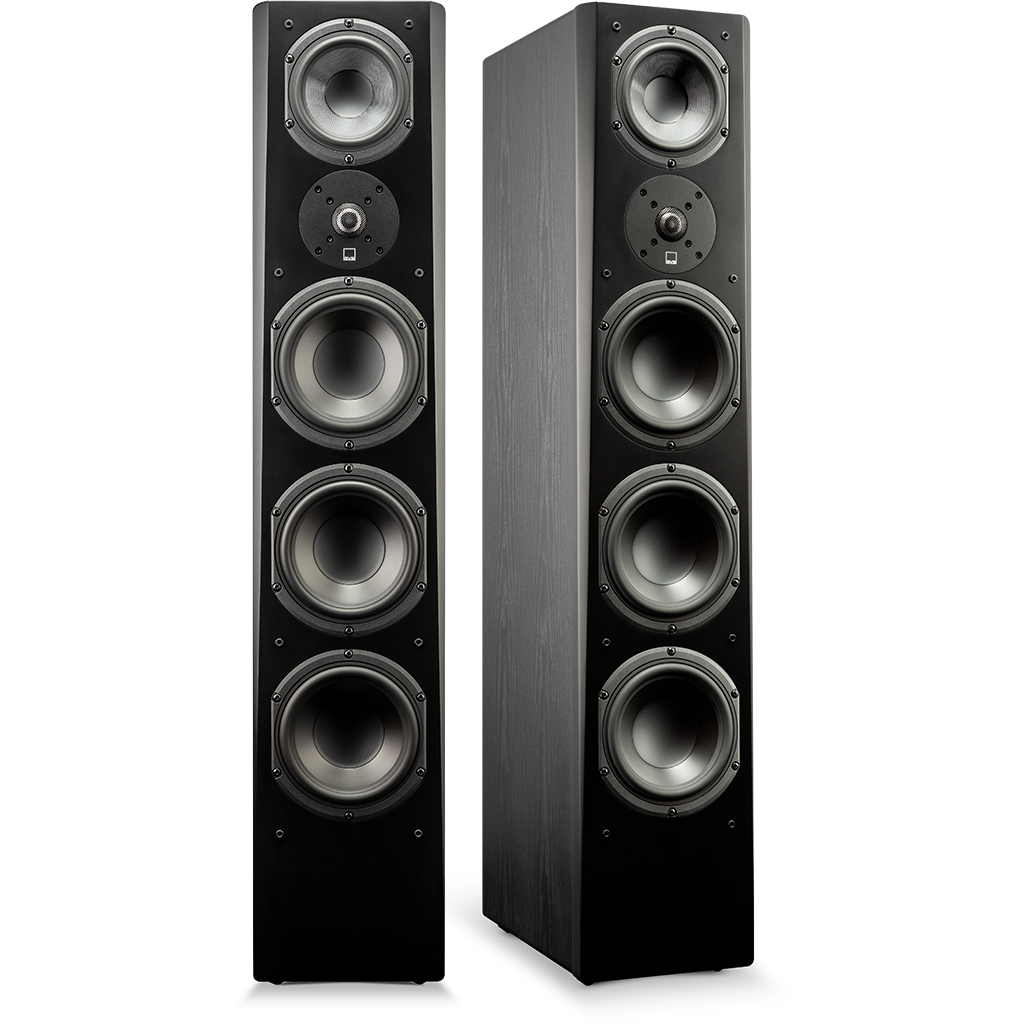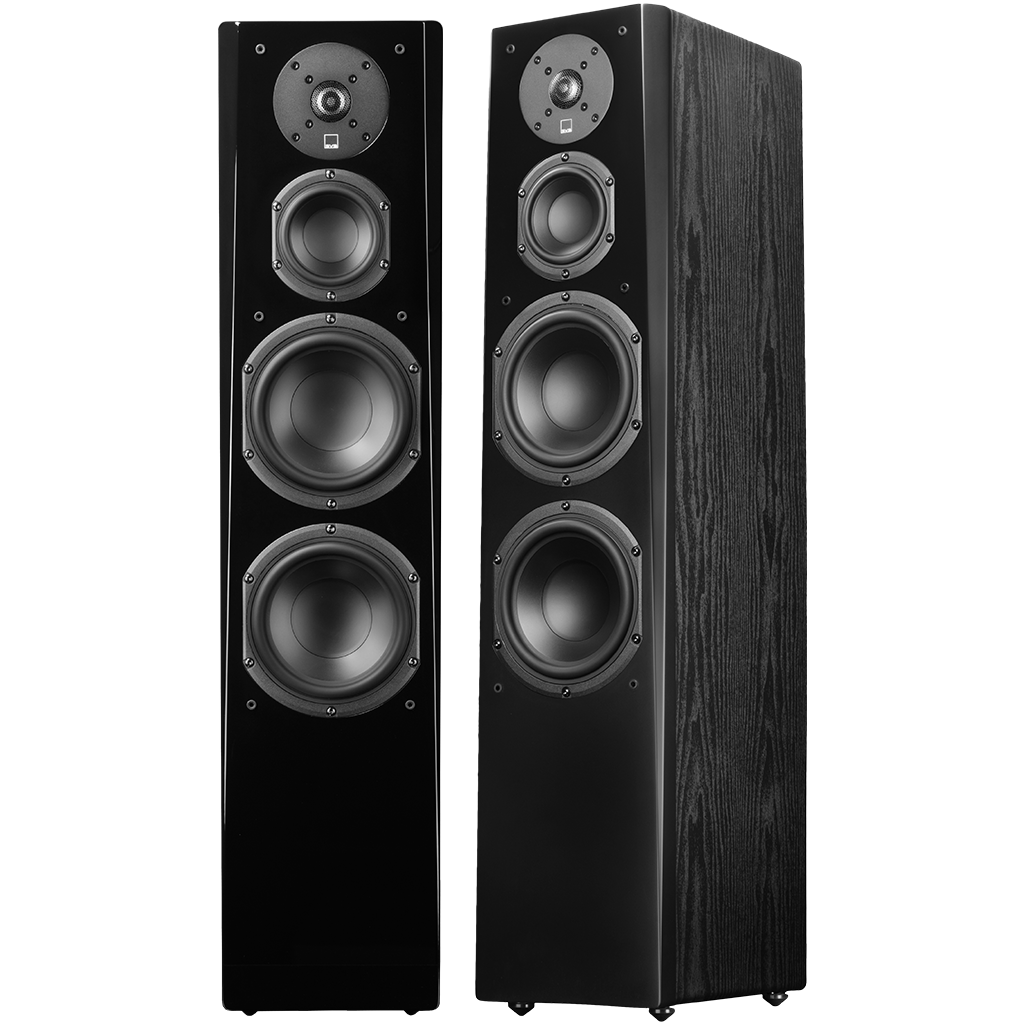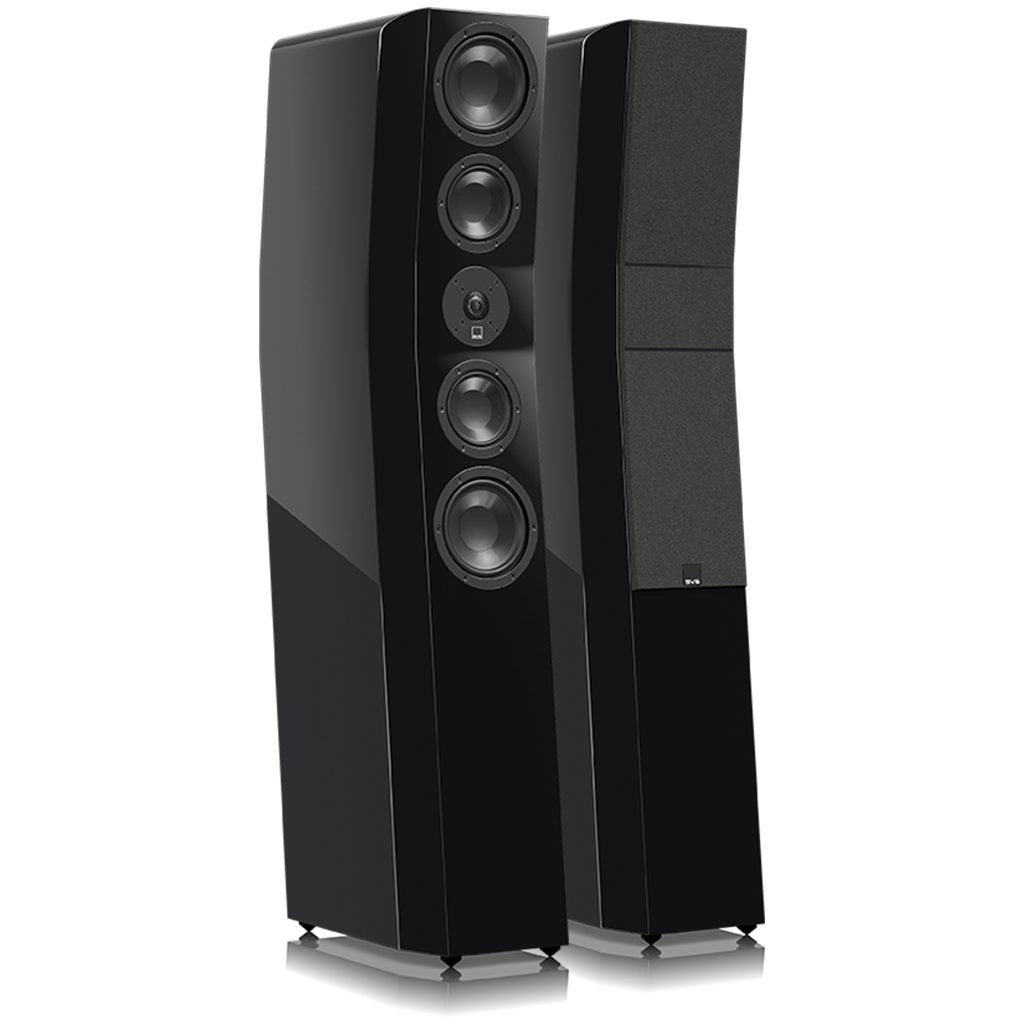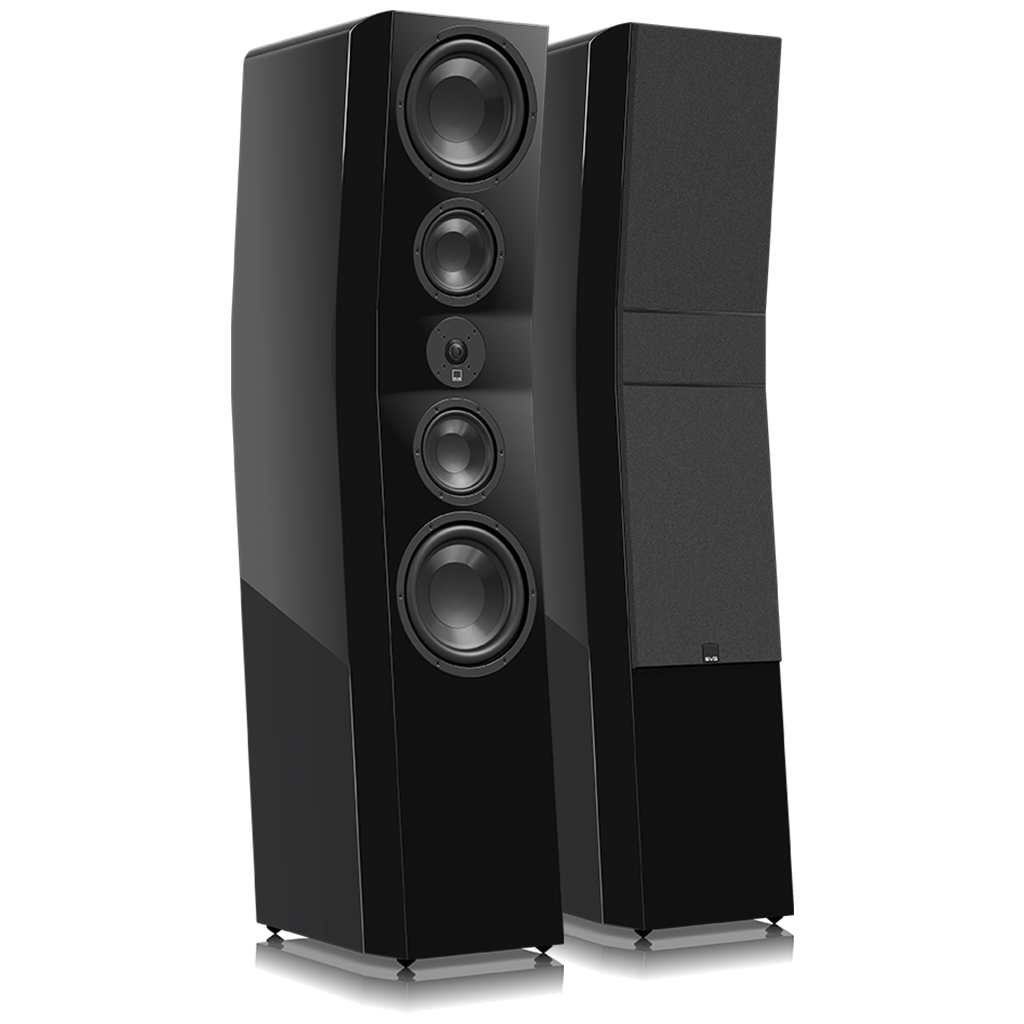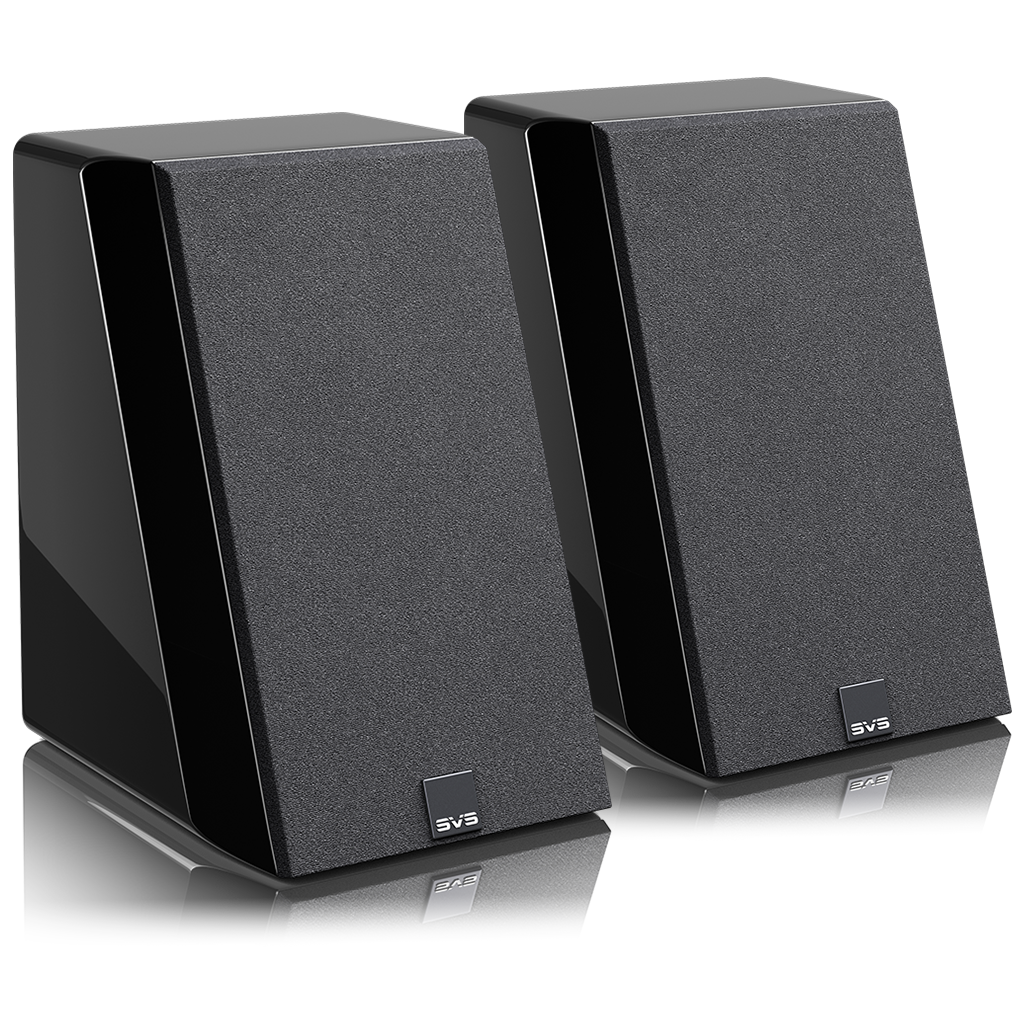High-Res Music Streaming and the Future of HiFi Audio: You Can Have It All.

Online music streaming is a boon for music lovers. You can ditch the bulky collection of CDs and listen to whatever you want, whenever you want, and wherever you want on virtually any device connected to the Internet.
There's just one problem—the music offered by many streaming providers doesn't sound all that great because it’s compressed to within an inch of its life to reduce the bandwidth needed to stream in real time over the Internet. That level of data compression robs the music of its magic, often rendering it flat and lifeless with much less emotional impact. Even without data compression, digital music with the same specs as CDs is often derided for sounding cold and sterile.
If you want to experience the ultimate sound quality—and the immersive fun it inspires—with the convenience of online streaming, you need to know about high-resolution music streaming. With ever-increasing Internet bandwidth to consumers' homes and mobile devices, more options for streaming and prices within reach of anyone, high-res music streaming is now a viable option for more people than ever.
So, what is high-res audio, why does it matter and where can you get it? Allow us to explain...
What is High-Res Audio?
Warning, this gets a bit technical, but we think it’ll help set the table for why high-res audio matters.
About 50 years ago, audio engineers in Japan demonstrated a way of representing sound digitally, as a series of 0s and 1s. In this process, called pulse-code modulation (or PCM), sound waves are "sampled" many times per second as the air pressure varies up and down, and each sample consists of several binary bits—typically at least 16 bit for each sample. In other words, different values of varying air pressure in a sound wave are represented by different 16-bit numbers.
The number of times a sound wave is sampled per second is called the sampling rate, and the number of bits in each sample is called the bit depth. The sampling rate determines the highest frequency that can be accurately represented, and the bit depth determines the maximum dynamic range. Together, they determinethe level of sonic fidelity that can be represented. If you think about it as a pipeline, the sampling rate is the speed with which a signal passes through the pipe. The bit depth is the width of the pipe that determines how much information/signal can pass through at any given moment.
In numeric terms, high-res audio is digital audio with a sampling rate greater than 44.1 kHz and a bit depth greater than 16 bit, the specs for CDs. Typically, high-res audio specs are 96 kHz/24 bit or even 192 kHz/24 bit. Digital audio with those specs can represent frequencies up to 48 kHz or 96 kHz and a dynamic range of 144 dB.
Unlike MP3 files, high-res music does not use compression that removes information from the music files (aka “lossy compression”). Instead, it is not compressed at all, or it is gently compressed without losing any information, which reduces its size and bandwidth requirements by no more than half. This type of compression is called "lossless" for obvious reasons. Examples include FLAC (Free Lossless Audio Codec) and ALAC (Apple Lossless Audio Codec). Uncompressed audio files are most commonly available in the WAV or AIFF (Audio Interchange File Format) formats, both of which contain unaltered PCM audio data.
The important point to take away is that high-res “lossless” streaming offers the greatest bit depth and sampling rate, so it can actually sound better than a CD. At worst, quality will be as good as a CD. Without exception, high-res is a massive upgrade over compressed “lossy” streaming services.
What Will You Experience with High-Res Audio?

Understanding the science behind sound reproduction can help us appreciate what we experience when listening to a 100-piece orchestra, sultry female vocalist or low frequency EDM assault. High-res audio faithfully captures frequencies from the deepest bass of a pipe organ to the ultra-highs of a wailing shred guitar.
High-res streaming is about creating an experience that’s so convincing, you believe you’re onstage with the band or hearing a recording exactly as the artist intended. Pinpoint imaging that lets you perceive instruments all around you. Sonic accuracy that renders the pluck of a bass guitar string with just the right tone and pitch, as if you were hearing it in person. A vocalist whose soulful lyrics give you goosebumps. These are the immersive benefits of streaming in high-res.
High-res also covers broad dynamic range from the faintest whisper to a thunderous, over-the-top drum solo, ultimately making music more engaging and interesting. High-res audio can be played much louder and it remains crystal clear, unlike the distortion you get with when cranking up the volume when streaming Bluetooth or playing MP3s.
Many experts believe that frequencies above 20 kHz and present in high-res audio are perceived by humans in different ways, contributing to the emotion or “magic” of certain songs. Anyone who’s unleashed an SVS or other home audio subwoofer also knows that low frequencies are the foundation of music. The beat of a bass drum or the rhythm of a bass guitar often invokes a visceral response like nodding your head or tapping your toe. Bass lets you physically feel music in your torso and nerve endings.
With high-res audio, you can fully appreciate the talents of your favorite artists, but only if those highest and lowest notes (and everything in between) are conveyed in the musical track and not compressed into submission.
How Big a Difference in Sound Quality with High-Res Music?

SVS Prime Wireless Powered Speaker System and Prime Wireless SoundBase support up to 24-bit/192kHz.
When an artist records music, the sound waves are created in the physical world and often imperfect in their accuracy when converted to an analog/physical format. One of the reasons many people love vinyl so much is because it’s an analog/physical representation of a sound wave that was created in the analog/physical realm. If you think about it in digital terms, vinyl represents an almost infinite number of 0s and 1s making up a sound wave, so it is often perceived as “warmer or “more natural” sounding. With high-res streaming, you have a lot more 0s and 1s making up the sound wave versus compressed audio so you get a closer approximation of what you would hear in nature or from an original recording.
A few years ago, popular audio video site AVS Forum, conducted an informal experiment to see if listeners could really distinguish true high-res music from CD-quality versions of the same tracks. The experiment is presented here, and the results are summarized here. More recently, RealHD-Audio.com has conducted a similar experiment and is now conducting a second one; check it out here and sign up to participate if interested.
In the AVS Forum experiment, listeners with audio systems capable of reproducing frequencies above 20 kHz were able to correctly identify the high-res audio tracks about 80% of the time. So, based on this admittedly unscientific experiment, it seems that people with speaker systems capable of reproducing high-res audio can actually discern the difference and reap the benefit of recordings with higher resolution than CD.
Sound Advice on Listening

To reap the full benefits of high-res music, you’ll need quality headphones, full range powered speakers and potentially a subwoofer, or passive speakers powered by an amplifier or AV receiver and a streaming source. When configured and placed correctly and paired with a quality streaming device, every instrument and voice will be easily discernible with crisp, well-defined dynamics and accurate frequency response.
To fully understand what you should be listening for when judging speakers, check out the SVS Sound Experts article 4 Things to Listen for When Choosing a Loudspeaker.
Once you’ve chosen your speakers and want to get the best sound possible, you might benefit from our article, The Art of Speaker Placement.
Where Can You Stream High-Res Audio?
There are several online providers that offer high-res music streaming. All of them charge a monthly subscription fee, but they also offer a free trial period, typically 30 days.
Before you start, make sure you have enough Internet bandwidth to handle it. Amazon Music recommends a bandwidth of 5 to 10 Mbps for its Ultra HD (i.e., high-res) streaming. That shouldn't be a problem for most consumers. According to Speedtest.net, as of December 2019, the average broadband download speed in the US was 130.79 Mbps, and the global average was 73.58 Mbps, and 5 to 10 Mbps is a small fraction of those speeds.

A favorite of SVS and long-standing provider of high-res music in Europe that's now available in the US is Qobuz, which claims over 50 million tracks in lossless CD quality or high-res for $14.99/month. In fact, this provider no longer offers any lossy, low-res tracks; everything is CD quality or higher. As of this writing, Qobuz claims to have more than 2 million tracks with a bit depth of 24 bit, but they do not specify how many of those have sampling rates higher than 44.1 kHz. We actually demo Qobuz at all of our SVS consumer events and trade shows and there’s an SVS Demo Tracks playlist available on Qobuz so you can hear some of our favorite reference music.

One of the oldest high-res music providers is Tidal, which offers two subscription tiers: $9.99/month for "standard" sound quality (that is, lossy compression) and $19.99/month for HiFi (lossless CD quality and high-res). Tracks designated as HiFi are no more than CD resolution (44.1 kHz/16-bit).

Amazon Music HD claims over 50 million tracks in lossless CD quality (44.1 kHz/16 bit, which Amazon calls HD) and millions in high-res (up to 192 kHz/24 bit, called Ultra HD) for $14.99/month ($12.99/month for Amazon Prime members). The HD titles stream at bitrates up to 850 Kbps (about 60% of CD's uncompressed rate), while Ultra HD titles stream at up to 3.73 Mbps.
SVS Speakers That Are High-Res Ready

Of course, a critical component of any music system is the speakers, and SVS Prime Wireless Powered Speaker System are perfect for streaming high-res audio from the three providers listed here as well as many others that offer lower-resolution formats. These speakers connect to your Wi-Fi network using a dual-band system, so you can stream uninterrupted music under the control of your smartphone or other mobile device using the DTS Play-Fi app.
Likewise, if you already own conventional passive speakers and want to bring them into the future of high-resolution streaming, Prime Wireless Pro SoundBase brings all the convenience and control with a massive 300 watts (150 watts x 2) to drive any speakers to their full potential.
Using the “Critical Listening Mode” feature within the DTS Play-Fi app, SVS Prime Wireless Pro Speakers and SoundBase can play high-resolution audio by enabling native rendering of files up to 24-bit/192kHz, with no down-sampling or network synchronization adjustment. In this way, audio files retain their original audio integrity. Few if any “all-in-one” powered speaker systems or smart wireless integrated amplifiers have this capability.
The onboard digital-to-analog converter operates with a resolution up to 192 kHz/24 bit, making it perfect for high-res audio. And the frequency response of the speaker itself extends from 52 Hz up to 25 kHz (±3 dB), so you can experience almost all that high-res music has to offer, though you might want to add one of our subwoofers to enjoy the deepest bass.
The technology of high-res music is certainly interesting, but the real thrill is listening to it on a high-performance audio system. After all, music is supposed to stir the senses and evoke strong emotions, and high-res does that better than any other type of recording.
SVS strongly believes that high-res music is the future of hi-fi, which is why we design our speakers to take full advantage of it. The convenience of streaming no longer means that quality must be compromised; once you experience high-res music streaming for yourself, we're sure you'll be hooked.



